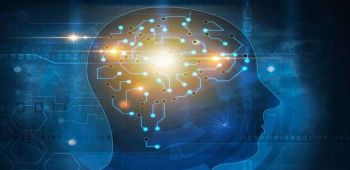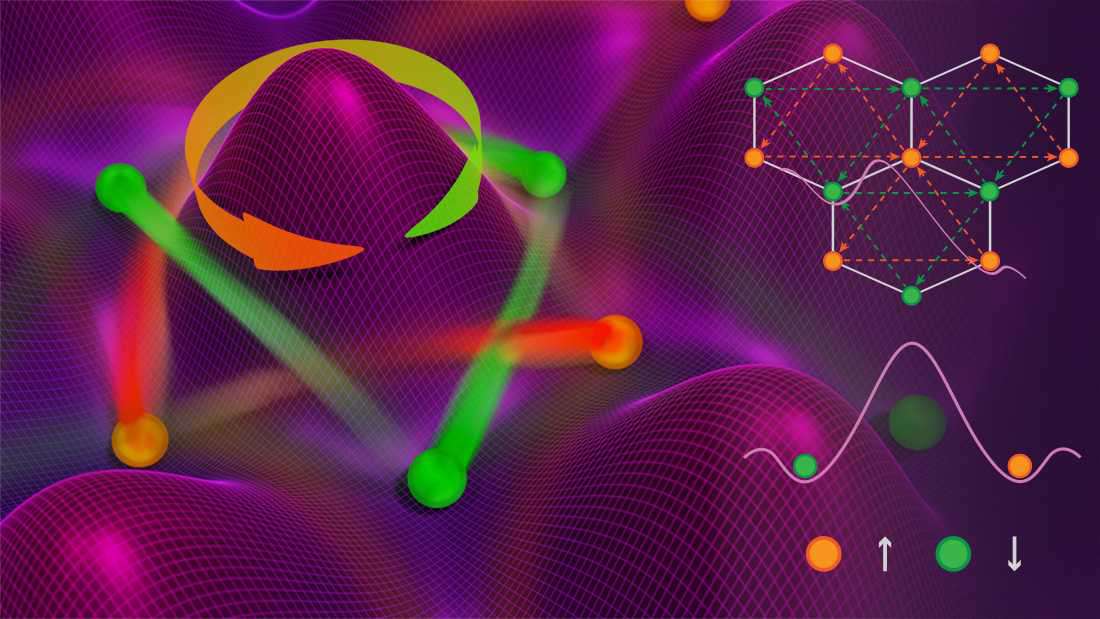Central to the limits of quantum mechanics is the Heisenberg uncertainty principle, which states that it is not possible to know a particle’s position and momentum with absolute accuracy, and the more precisely you measure one quantity, the less you know about the other. This is because to measure its position you have to disturb its momentum by hitting it with another particle and observing how the momentum of this second particle changes. One of the same principles is applied for measuring a particle’s spin angular momentum, which involves observing how the polarisation of incident light is changed by the interaction with the particle – every measurement disturbs the atom’s spin slightly. To infer the spin precession rate, you need to measure the spin angle, as well as its overall amplitude, repeatedly. However, the spin is disturbed by every measurement slightly, creating a minimum possible uncertainty.
The alternative approach suggested by Morgan Mitchell’s group at the Institute of Photonic Sciences in Barcelona could circumvent this problem. They have said in some of their writings that the spin angle is, in fact, two angles that are the azimuthal angle (like longitude on the Earth’s surface) and the polar angle (like latitude). To measure the precession rate, you need only the azimuthal angle. Therefore, by loading as much uncertainty as possible into the polar angle, you can measure the two quantities you need – the azimuthal angle and amplitude of the spin – and therefore measure the spin precession rate much more accurately than previously thought possible. ‘There are certain experiments that are done by scientist that people expect to be limited by the Heisenberg uncertainty principle which in fact are not,’ says Mitchell.
Actually achieving this in practice, however, proved extremely difficult. The team of scientist cooled down a cloud of atoms to a few microkelvin, applied a magnetic field to produce spin motion and illuminated the cloud with a laser to measure the orientation of the atomic spins. ‘Not all the technologies we used for the experiment existed when we started,’ says Giorgio Colangelo, another member of the research team. ‘We had to design and develop a particular detector that was fast enough and with very low noise. We also had to improve a lot the way we were preparing the atoms and find a way to efficiently use all the dynamic range we had in the detector.’ It is said in an interview that it is hoped by the researchers that atomic timekeeping and nitrogen-vacancy magnetometry, which uses the precession of nitrogen defects in diamonds to measure magnetic fields, may benefit from the techniques unveiled here in the next few years. ‘We really hope that, in the long term, magnetic resonance techniques such as NMR and MRI may benefit, but right now they are limited by some other effects,’ says Colangelo.
Eugene Polzik of the University of Copenhagen in Denmark is impressed: ‘It sets a new and clever way of measuring certain magnetic field disturbances using an ensemble of quantum spins,’ he says. ‘It would be easy for me to look at this and say “Oh, yes, right: it doesn’t contradict quantum mechanics," but to figure out how to achieve this, and also to figure out how relevant it is and under what circumstances this is an excellent and elegant development.’

 Is A Dark Matter Hol..
Is A Dark Matter Hol..
 Strange History Abou..
Strange History Abou..
 Dark Energy: The Inv..
Dark Energy: The Inv..
 Climate Change Autum..
Climate Change Autum..
 Reasons For Loving M..
Reasons For Loving M..
 Android Evolution..
Android Evolution..
 Higher IQ People And..
Higher IQ People And..
 Do Plants Gamble?..
Do Plants Gamble?..



















Comments